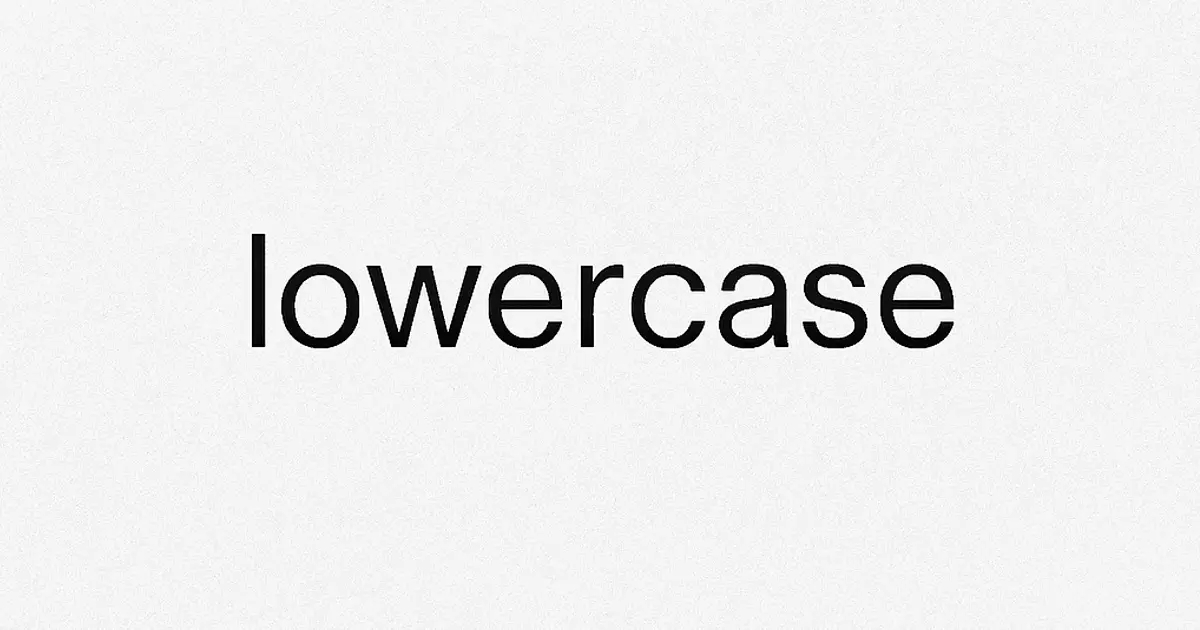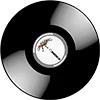
Lowercase — a minimalist form of sound art where silence and micro-noises become musical matter. A philosophy of listening, the legacy of Steve Roden, and its influence on sound art.
Lowercase is a radically minimalist branch of experimental electronic music, where the focus is not on rhythm or melody but on sounds that are usually overlooked. It is the art of attentive listening — an exploration of micro-sounds, rustles, friction, and the resonances of the surrounding world.
Origins and Philosophy
The genre was named and conceptually defined by American composer Steve Roden, who released the album Forms of Paper in 2001. He recorded the sounds of paper in a library, processed and amplified them, shaping them into a long, meditative composition. This gave birth to the idea of “music of extreme quietness”, where sound matter is studied almost under a microscope.
Lowercase emerged from traditions such as:
- Musique concrète (Pierre Schaeffer, Luc Ferrari) — working with natural and everyday sounds;
- Minimalism (La Monte Young, Steve Reich) — attention to process and time;
- Ambient (Brian Eno) — atmosphere instead of structure.
Sound and Technique
- Sources: contact microphones, field recordings, mechanical vibrations, surface noises, air movements, friction.
- Processing: extreme amplification, time stretching, filtering, granular synthesis.
- Dynamics: from near silence to gentle hum — exploring perception at the threshold of audibility.
- Feature: the listener must “approach” the music to hear it, turning listening into an act of concentration.
Key Artists and Releases
- Steve Roden — Forms of Paper (2001), Airforms (2006)
- Bernhard Günter — Un Peu de Neige Salie (1993), Details Agrandis
- Richard Chartier — founder of the LINE label, promoting lowercase and reductive sound art
- Tomas Phillips, Asmus Tietchens, Taylor Deupree, Marc Behrens, Francisco López
Many releases appear on experimental labels such as 12k, LINE, Raster-Noton, Touch, and Mego, where lowercase intersects with ambient, electroacoustic, and sound art.
Aesthetics and Perception
Lowercase is not just a genre but an audio philosophy of observation. It questions the boundary between sound and silence, composition and randomness.
This music:
- teaches slowing down;
- draws attention to the micro-events of the world — paper rustle, air movement, metal friction;
- challenges the conventional idea of what “music” is.
Many researchers call lowercase an “acoustic zen”. As Roden said:
“It’s not music to fill silence. It’s music to hear what’s happening inside it.”
Modern Influence
- Lowercase is widely used in sound art, meditative installations, and sound galleries.
- Its techniques are used by composers of drone, ambient, field recording, and electroacoustic styles.
- A new generation of artists explores the “topography of sound” — recording spaces and micro-movements.
Lowercase is not silence — it is a universe hidden within paper, wind, and light.
It is a genre that teaches us to listen to the world as if for the first time.

